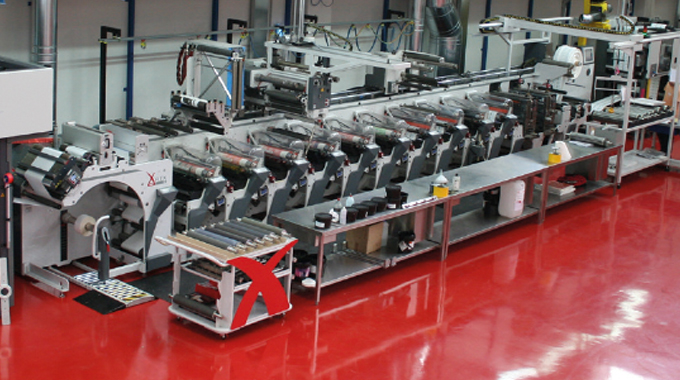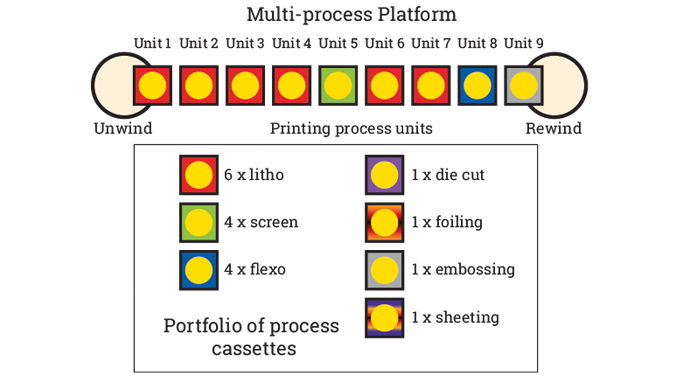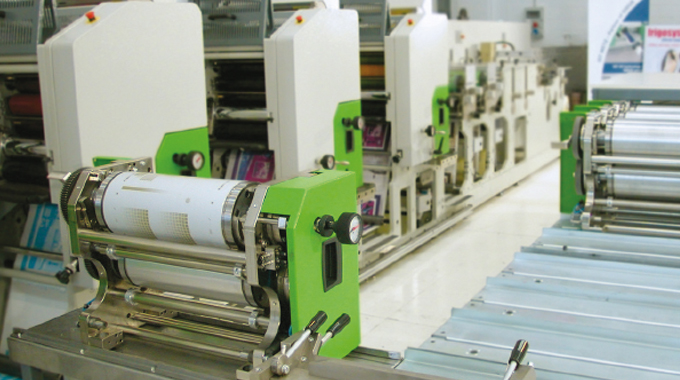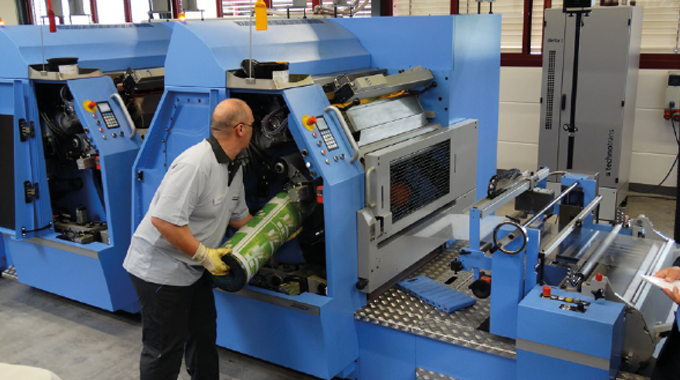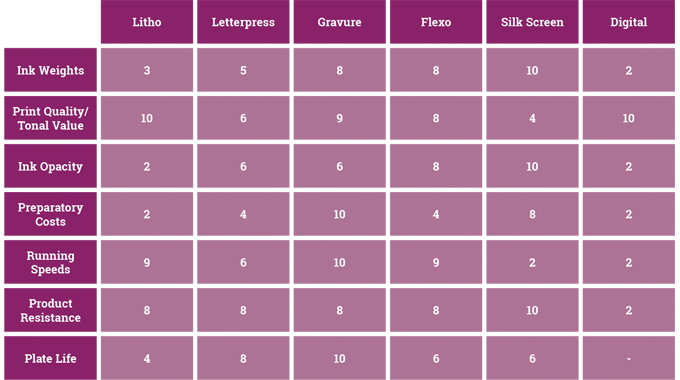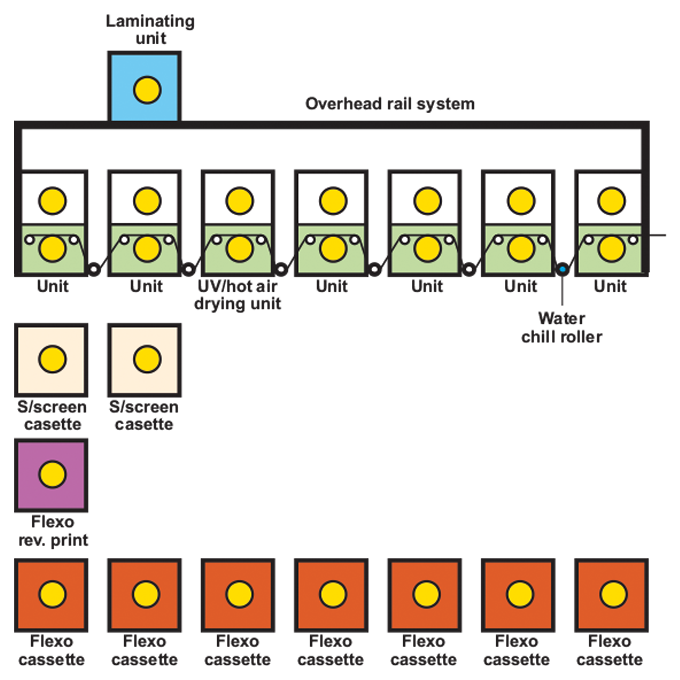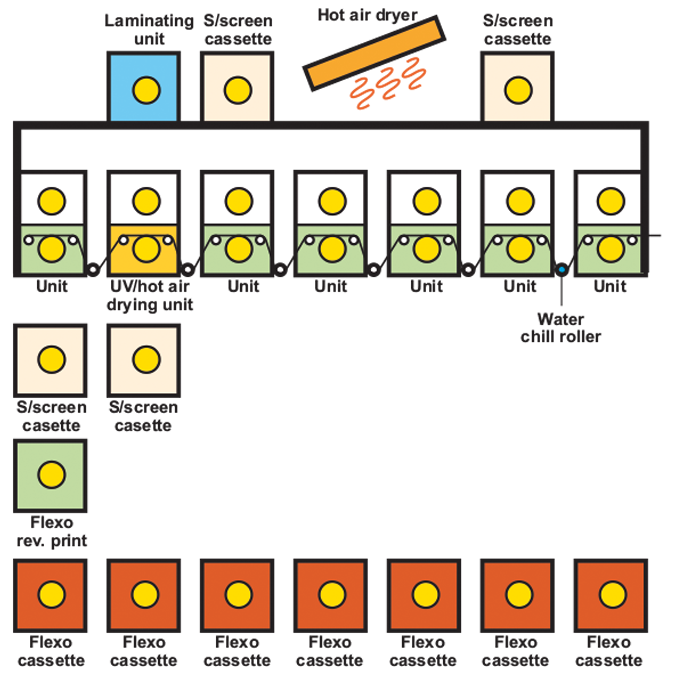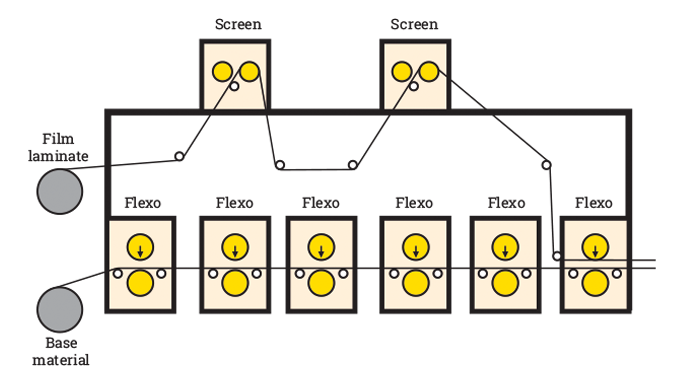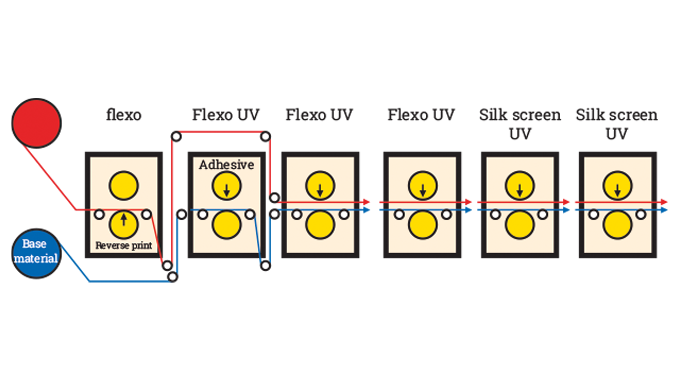Print processes: Combination press
Technical developments within the label industry have given printers and converters the opportunity to utilise all the existing printing processes within a ‘multi-platform press’. The combination or platform printing press is a highly engineered, sophisticated machine (See Figure 8.1) which uses a system of process cassettes which are interchangeable between each base unit.
This flexibility facilitates the printing, embellishing and converting of self-adhesive labels in a single pass. Being able to apply a variety of processes onto the same label allows the designer to exploit the distinct advantages of each process in order to create innovative graphics and effects.
Stay up to date
Subscribe to the free Label News newsletter and receive the latest content every week. We'll never share your email address.
